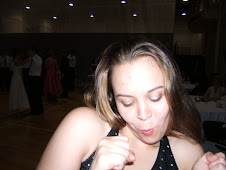Watching dancers, as in the west coast video in the post below, it is amazing to see dancers slide across the floor as they were dancing on ice. While 95% of this ability is skill, ballroom dancers do get a help from their shoes.
 Unlike ordinary heels and dress shoes, ballroom shoes have a suede soles that allow for gliding. Suede is ideal because it slick but not, lose control of your limbs, fall over on your bum slick.
Unlike ordinary heels and dress shoes, ballroom shoes have a suede soles that allow for gliding. Suede is ideal because it slick but not, lose control of your limbs, fall over on your bum slick.
 Dancers keep control of the smoothness of the shoes by brushing the suede after dancing. By brushing the the soles of their shoes dancers pull up the suede making it rougher and increasing the friction the suede has with the floor.
Dancers keep control of the smoothness of the shoes by brushing the suede after dancing. By brushing the the soles of their shoes dancers pull up the suede making it rougher and increasing the friction the suede has with the floor. 
Although dance shoes have many benefits, they can be expensive. Most shoes run around from $80 to $130. Many beginners choose to dance in socks, ballet shoes, and bowling shoes. While others simply find dress shoes that have fairly slick soles.


